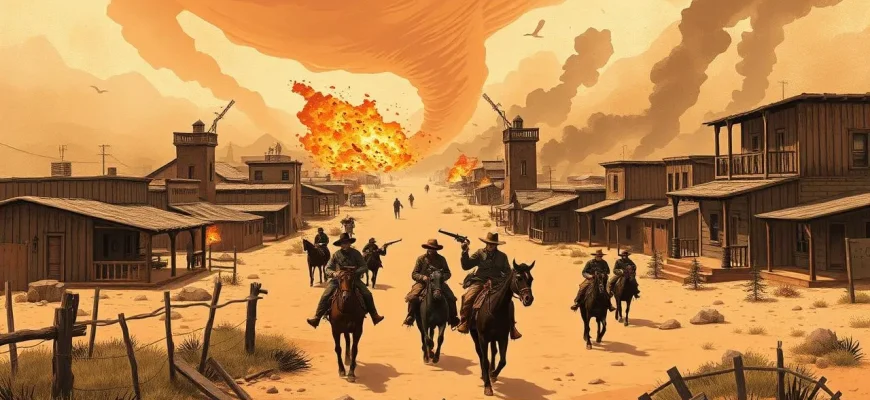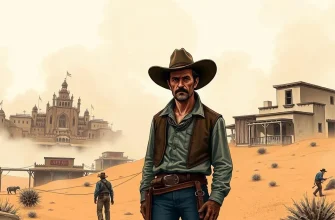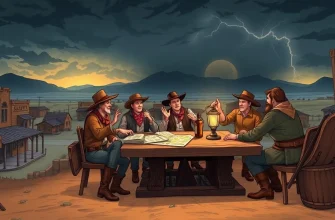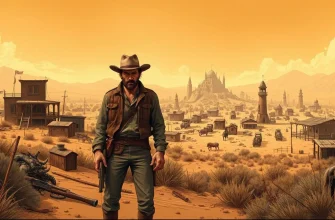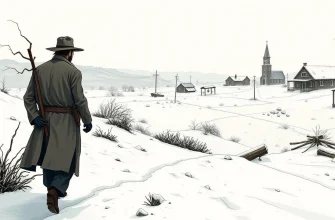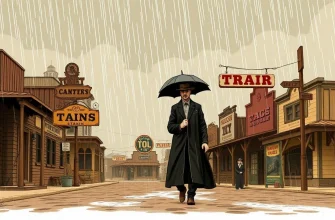- The Man Who Shot Liberty Valance (1962)
- Once Upon a Time in the West (1968)
- The Wild Bunch (1969)
- McCabe & Mrs. Miller (1971)
- Pat Garrett and Billy the Kid (1973)
- The Outlaw Josey Wales (1976)
- Unforgiven (1992)
- The Proposition (2005)
- The Assassination of Jesse James by the Coward Robert Ford (2007)
- The Great Northfield Minnesota Raid (1972)
The Wild West, with its lawless frontiers and rugged landscapes, has always been a fertile ground for stories of chaos, anarchy, and the struggle for order. This curated list of ten Western films delves into the heart of this tumultuous era, showcasing tales where the line between right and wrong blurs, and chaos reigns supreme. From legendary outlaws to desperate townspeople, these films capture the essence of a time when the rule of law was often supplanted by the rule of the gun. This collection not only entertains but also offers a glimpse into the human condition under extreme circumstances, making it a must-watch for fans of the genre and those intrigued by the darker side of human nature.

The Man Who Shot Liberty Valance (1962)
Description: John Ford's classic explores the myth-making and chaos of the West, where a peaceful man becomes a hero through a lie, leading to a chaotic unraveling of truth.
Fact: The film's famous line, "When the legend becomes fact, print the legend," encapsulates the theme of myth versus reality in the West. It was also one of the last films for both John Wayne and James Stewart.
 Watch Now
Watch Now

Once Upon a Time in the West (1968)
Description: Sergio Leone's epic tale of revenge and land grabs in the West, where chaos ensues as various characters vie for control of a strategic piece of land.
Fact: The film was originally conceived as a homage to American Westerns, with a score by Ennio Morricone that was composed before filming began, influencing the scenes.
 Watch Now
Watch Now
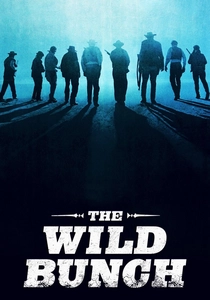
The Wild Bunch (1969)
Description: Sam Peckinpah's masterpiece is a brutal portrayal of the end of the outlaw era, where a gang of aging outlaws find themselves in a world that has moved on, leading to a chaotic final stand.
Fact: The film's graphic violence was groundbreaking for its time, leading to debates about film censorship. It was also one of the first films to use slow-motion in action sequences to enhance the impact of violence.
 Watch Now
Watch Now
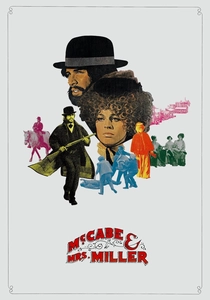
McCabe & Mrs. Miller (1971)
Description: Robert Altman's film about a gambler and a prostitute who attempt to build a business in a mining town, only for their plans to descend into chaos when a mining company tries to take over.
Fact: The film's ending was shot in a real snowstorm, adding to the bleak atmosphere. Altman's use of overlapping dialogue was a signature style that added to the film's realism.
 Watch Now
Watch Now
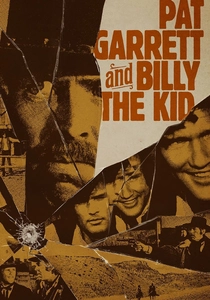
Pat Garrett and Billy the Kid (1973)
Description: Sam Peckinpah's film about the friendship and eventual betrayal between two legendary figures of the West, culminating in a chaotic and tragic end.
Fact: The film was heavily edited by the studio, leading to Peckinpah's dissatisfaction. A director's cut was later released, restoring much of the original vision.
 Watch Now
Watch Now
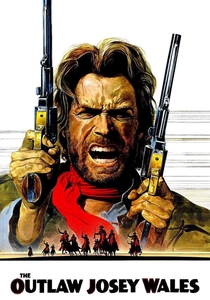
The Outlaw Josey Wales (1976)
Description: Clint Eastwood stars as a farmer turned outlaw, seeking revenge and finding chaos as he navigates through a post-Civil War America.
Fact: The film was based on the novel "Gone to Texas" by Forrest Carter, which was later revealed to be a pseudonym for Asa Earl Carter, a controversial figure with a history of white supremacist activities.
 Watch Now
Watch Now
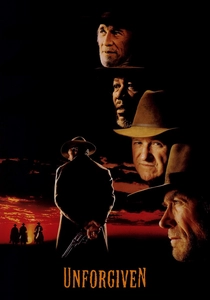
Unforgiven (1992)
Description: Clint Eastwood's directorial effort captures the essence of a retired gunslinger drawn back into a world of chaos and violence, questioning the morality of his past actions.
Fact: Eastwood won his first Best Director Oscar for this film, and it also won Best Picture. The film's title refers to the protagonist's struggle with his past sins.
 Watch Now
Watch Now
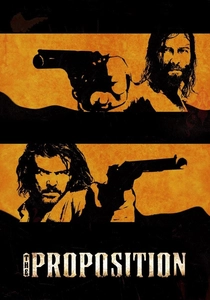
The Proposition (2005)
Description: Set in the Australian outback, this film presents a raw, violent portrayal of a man's struggle to save his brother from execution, leading to a chaotic journey through the wilderness.
Fact: The film was shot in the Flinders Ranges in South Australia, providing a stark, unforgiving backdrop to the story. Nick Cave wrote the screenplay, adding to its dark, poetic tone.
 Watch Now
Watch Now

The Assassination of Jesse James by the Coward Robert Ford (2007)
Description: This film explores the psychological chaos within the relationship between Jesse James and his eventual killer, Robert Ford, leading to a climactic act of betrayal.
Fact: The film's title is one of the longest in cinema history. It was also shot on location in Canada to replicate the American Midwest of the late 19th century.
 Watch Now
Watch Now

The Great Northfield Minnesota Raid (1972)
Description: This film recounts the chaotic and ultimately disastrous bank robbery attempt by the James-Younger Gang, showcasing the descent into chaos and the end of their outlaw days.
Fact: The film was one of the first to use the then-new technique of Steadicam for some of its action sequences, providing a smoother, more immersive experience.
 30 Days Free
30 Days Free

